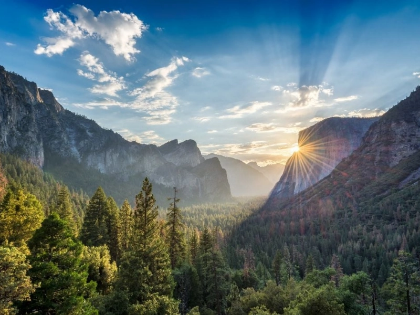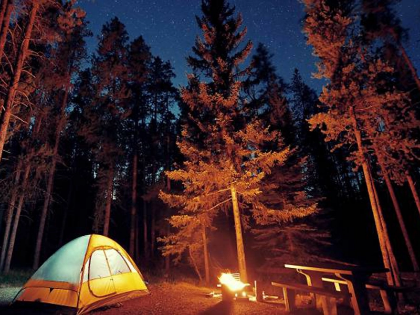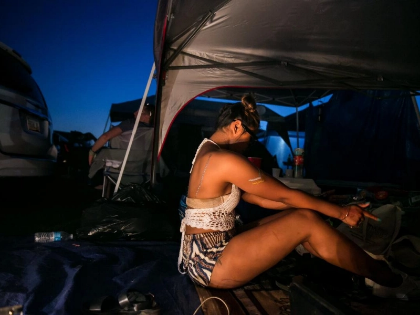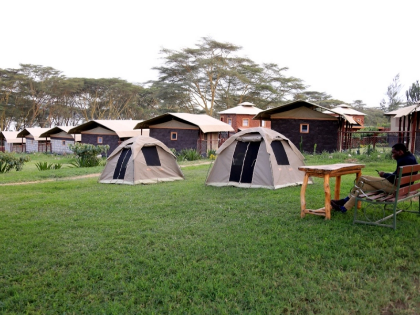Which Is Better For Ropeless Rock Climbing?
The climbing community shuddered when Alex Honnold climbed El Capitan in California last year without the use of ropes. Rock climbing's riskiest technique is called "free soloing," where even the smallest error can mean instantaneous death.
This type of climbing involves using self-placed gear, bolts, and quickdraws to protect oneself while ascending the wall. More skill is needed for this than for traditional rock climbing.
How does climbing work?
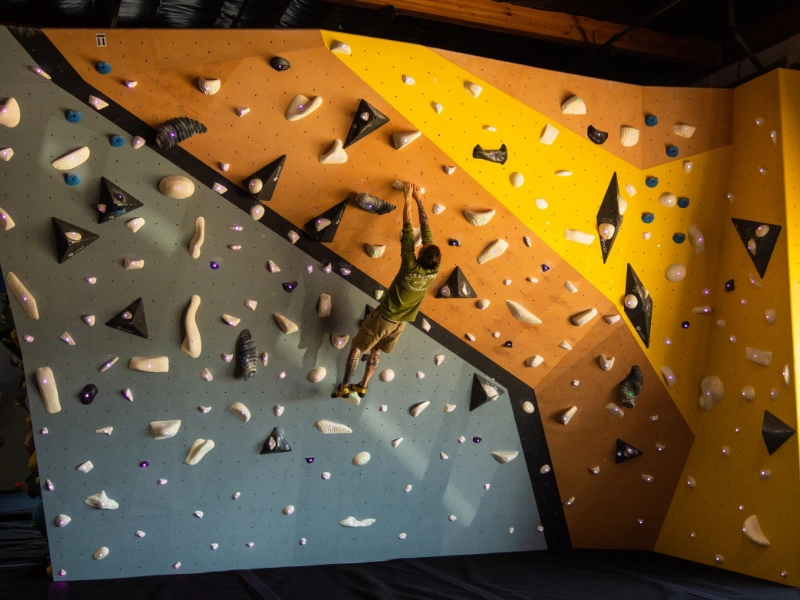
Climbing is a fantastic sport that presents a variety of difficulties to climbers of all abilities. In order to move up rock walls or other objects in precarious positions, climbing typically requires a significant amount of physical strength. However, it also requires dexterity and grace as the climber tries to find handholds, balance on them in frequently uncomfortable positions, and move from one position to another without falling. Thin cracks that are impossible to follow with the hand or foot, overhangs that need a great deal of strength to cross, and other factors like wind and temperature can make a path more challenging.
The ideal place for novice climbers to begin is a gym, where they may pick up the fundamentals of roped climbing. They can then move outside to engage in more daring forms of climbing from there. The greatest people find that they have the greatest enjoyment when they free solo a route for personal goals, like pushing personal and climbing community boundaries, testing their abilities, or experiencing the Zen flow of movement.
Climbing Types
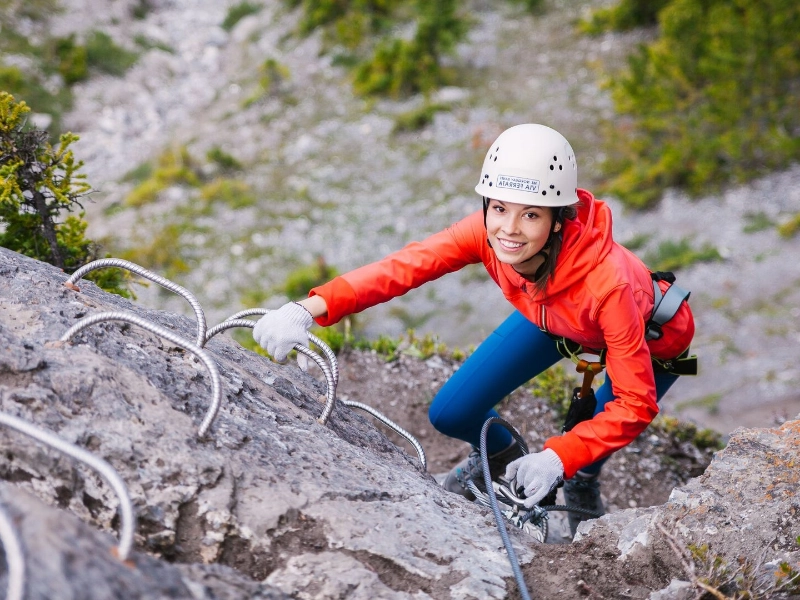
There are numerous varieties of climbing. Some require no ropes at all, such as free soloing, which is the kind of climbing Alex Honnold does. Others, like ice climbing, involve using specialised gear in the winter to scale frozen cliffs and waterfalls.
There are several different kinds of roped climbing available for people who lack the bravery or skill to free climb. These involve climbers wearing harnesses with ropes fastened to them and a belayer holding the rope's other end. If the climber falls, this belayer will catch them.
Top-roping is the most popular kind of roped climbing. In order to do this, the climber threads their rope through bolts or hooks that are securely embedded in the rock. Quickdraws, which are unique snap-gate clips, are typically fastened to both ends of the rope. The climber then ascends the route, weaving in and out of the quickdraws. In order to reduce shock during falls, the climber and belayer must have excellent communication skills. The climber must know when to pay out or take in the rope.
Climbing Ropes
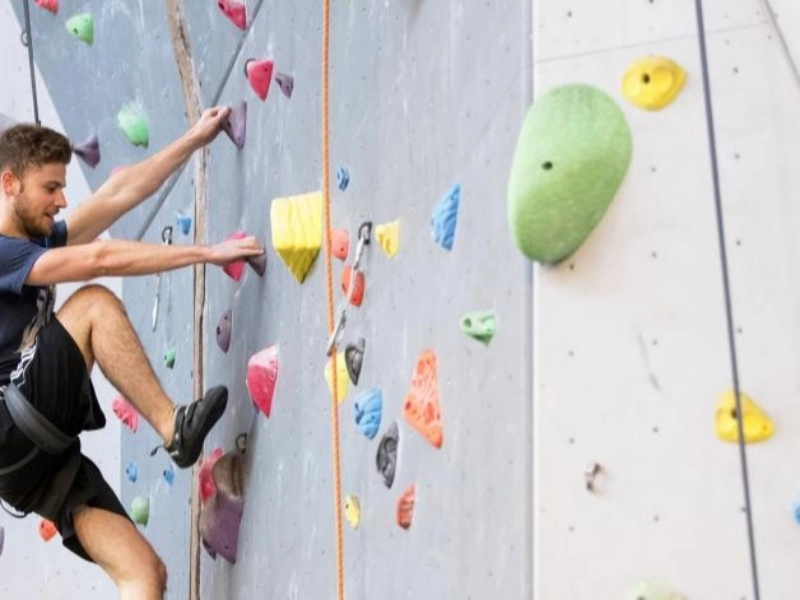
Climbers travel up a rock face by using their hands and feet to locate handholds and footholds. We call this free climbing. There is a backup line that will catch you if you fall while climbing with a rope. Referred to as the "climbing rope," the rope is fastened to your harness by a belay mechanism that you fasten around your waist.
You can also clip into fixed gear with the belay device to create an anchor point for your rope. To avoid pinching your climbing rope between two karabiners, you should only clip into one piece of gear at a time. Although thin ropes are excellent for performance climbing (redpoint burns), you should think about acquiring a thicker rope if you intend to prop frequently or run your "climbing rope" over somewhat sharp points.
Over time, rope length has also changed. When climbing in Rumney, the majority of the single-pitch routes that were established in the 1990s probably only require a 60-metre rope. Nonetheless, you might want to think about using a longer rope if you're in a more recent area.
Unrestricted Ascent
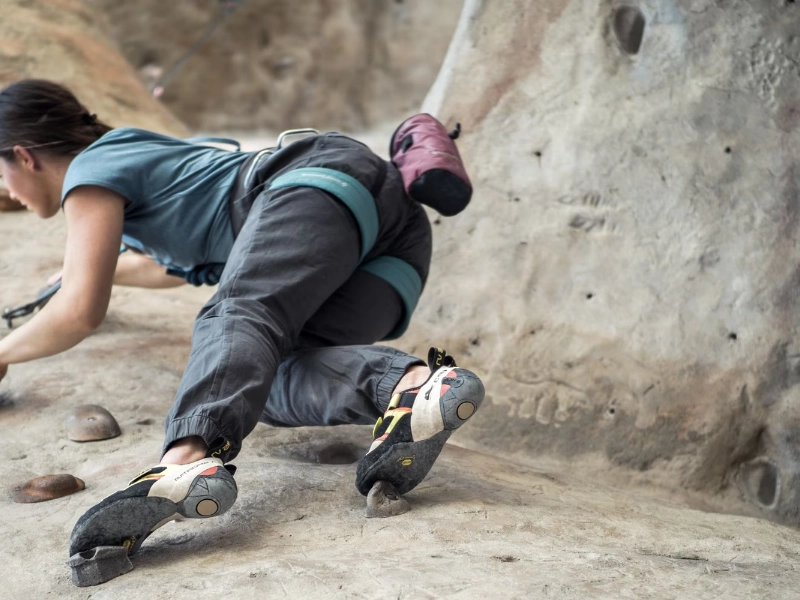
One prevalent misperception is that soloing and free climbing always entail ropeless climbing. Nonetheless, a lot of free climbing techniques don't even require the use of ropes.
Traditional, or trad, climbing, for instance, is when free climbers insert detachable gear, such as chocks and cams, into rock fissures to prevent falls. Sport climbing refers to the usage of quickdraws, which are two carabiners joined by a loop of stitched webbing, by certain free climbers to ascend routes that have bolts placed for protection.
Then there's deep water soloing, which is scaling sea stacks or cliffs without any equipment. Save a parachute to save your life in the event of a fall. And then there's free soloing, which is Alex Honnold's specialty. Free Solo, the documentary film describing his 2017 first-ever ascent of Yosemite National Park's 3,000-foot El Capitan, received an Oscar for best documentary feature.

